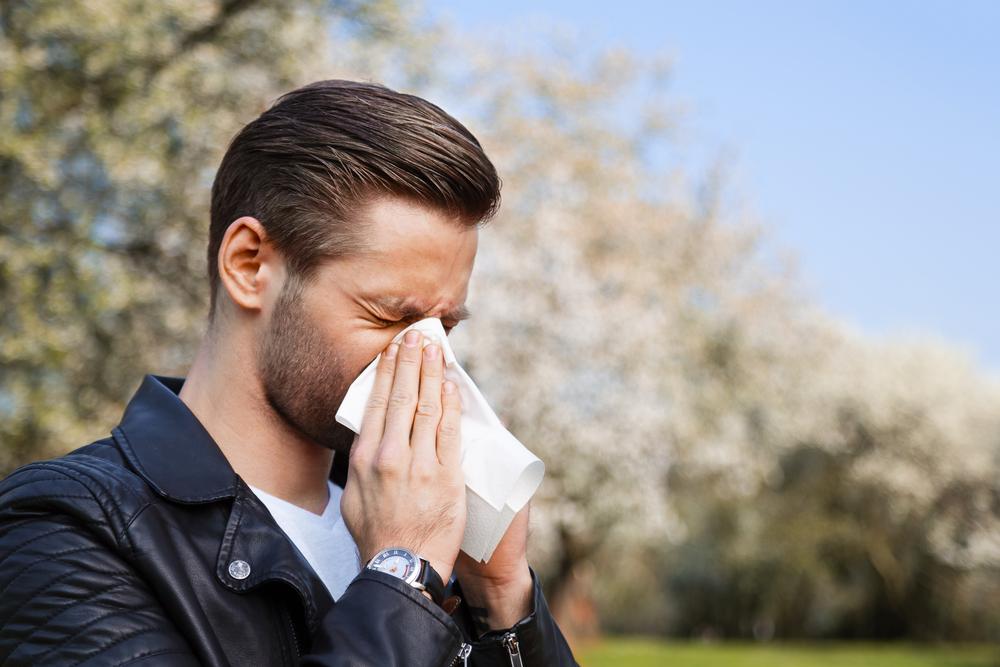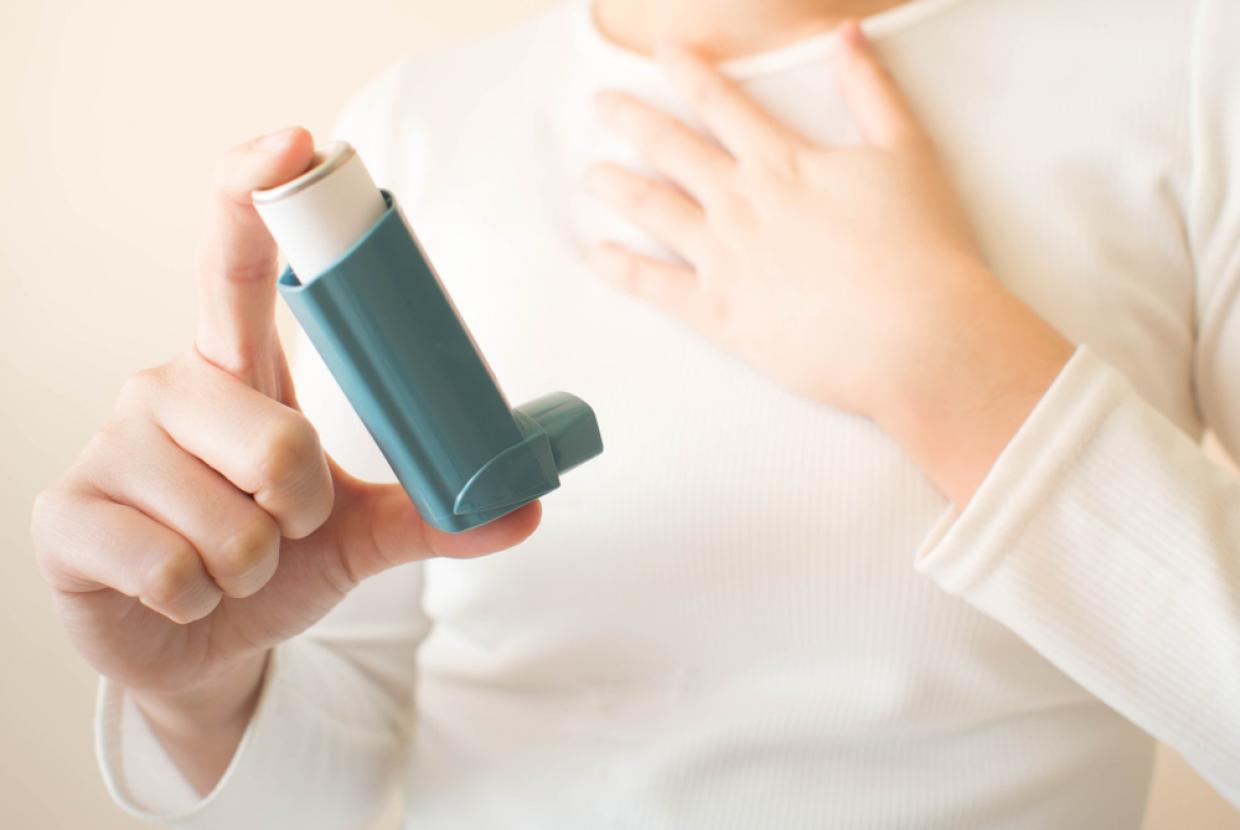Outdoor Air Quality & Allergy - Is There a Link?
Allergies and AsthmaAir pollution is the top environmental risk to human health in the UK, and the fourth greatest threat to public health after cancer, heart disease and obesity. It makes people more susceptible to respiratory infections and other illnesses and it can have a significant impact on those living with allergies.
How outdoor air quality links to allergy
There is a proven link between the quality of the air we breathe and the health of people living with allergic disease. Sensitivity to the adverse effects of air pollutants will vary in individuals and air pollution levels will also vary seasonally, from day to day, as well as by the time of day.
Pollutants in the air can trigger respiratory symptoms, for example a cough, breathing difficulties or wheeze in those people who are susceptible to a substance in the environment that can cause allergic symptoms (environmental allergies) if inhaled.
These exposures can impact on how well controlled allergic rhinitis (hay fever), asthma and other allergic disorders are and, at worst, may contribute to a flare up or exacerbation which requires a GP appointment or even an Accident and Emergency visit.
Top tips on avoidance
- Where pollution is a trigger avoid regular physical activity alongside high volume traffic roads or near other sources of combustion such as burning of wood, biomass, or other materials.
- When pollen is a trigger avoid activities and being outside on high pollen days, particularly during windy days and thunderstorms. Keep a current asthma action plan.
- In choosing walking, biking or exercise routes consider your potential exposure to traffic pollutants and, if you can, choose routes that take you away from polluted areas.
- Check daily the pollen and air pollution forecasts where you live.





































